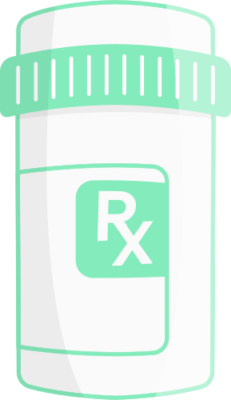What Is It?
Minocycline is an oral antibiotic that works by fighting bacteria in the body, including in the skin, and also reduces inflammation. It should be used only short term (max. 3 months).
Efficacy
Strength of Evidence
Average 54% reduction in acne after 12 weeks
Side Effects
High
High side effects and adverse reactions
Acne.org's Real World Take
Antibiotics should be used for a maximum of 3 months, provide only moderate benefit and only to some people, and may lead to side effects and strains of resistant bacteria. Studies do show they can reduce severe acne in the short term, but approach with caution and stay your own advocate.
